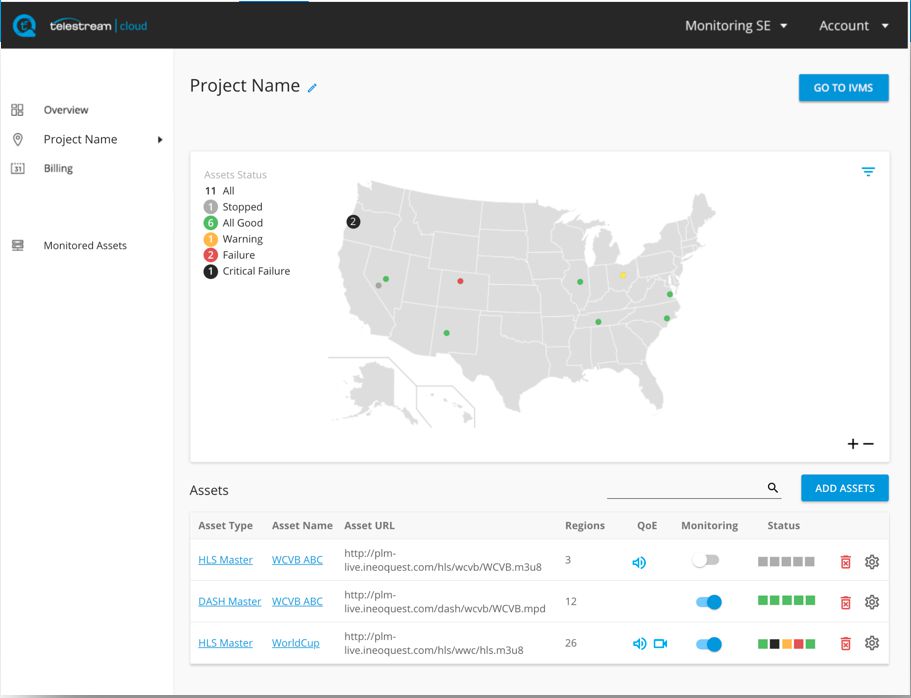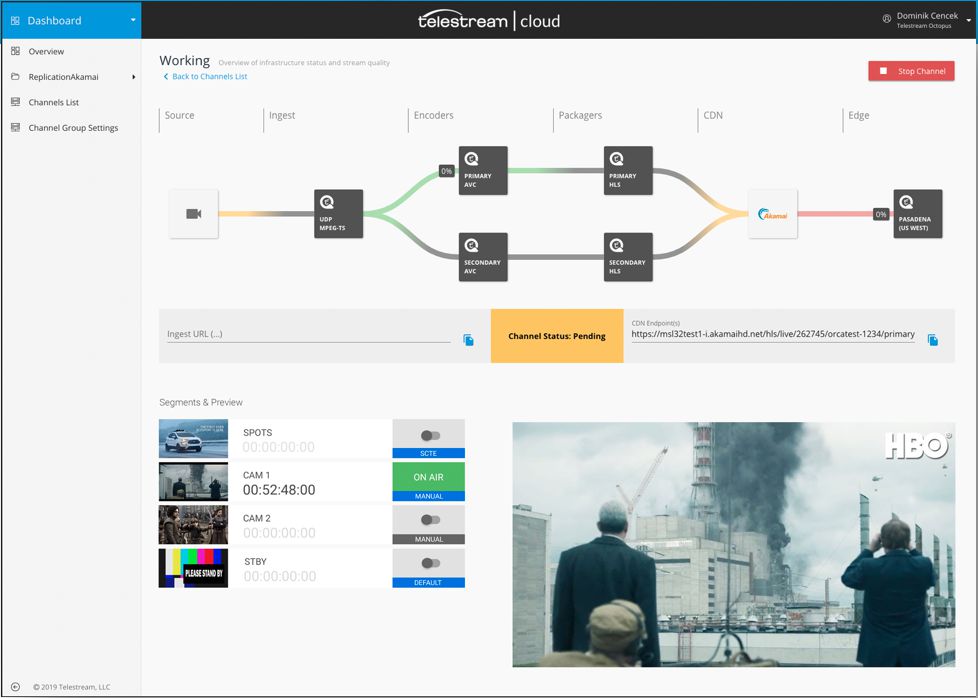OptiQ is a framework for enabling more live OTT channel origination in the cloud.
What is OptiQ?
OptiQ is the 1st framework for live cloud services in the world that combines the most powerful video workflow engines, sophisticated multi-cloud deployment capabilities, and industry leading QoE/QoS monitoring solutions.
OptiQ enables the ability to unlock more live and interactive video services with greater flexibility and in a simple pay-as-you-go model.
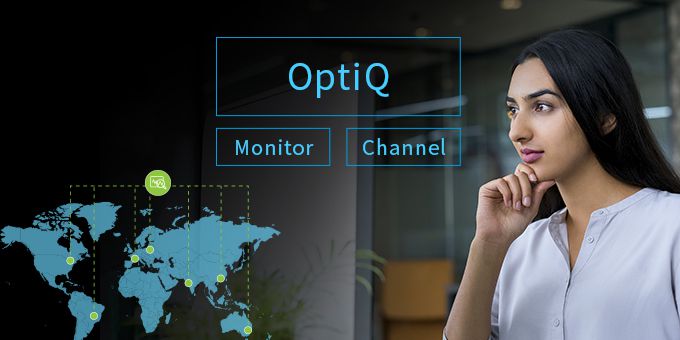
Who are OptiQ Services for?
- Content rights holders looking to deliver more live programming via "pop up" channels.
- TV Station groups who are looking for new ways to monitor and deploy their local signals.
- Event/Venue operators delivering live direct-to-consumer (D2C) and pay-per-view (PPV) experiences.
- Sports Leagues who are offering subscription/membership services tied to a live video offer.
- eSports gaming rights holders and franchises.
- Operators of extensive live deployments looking to augment and/or better monitor their operating environments.
OptiQ improves cost control and gives you flexibility

Flexible

Actionable Analytics

Cloud Egress Mitigation
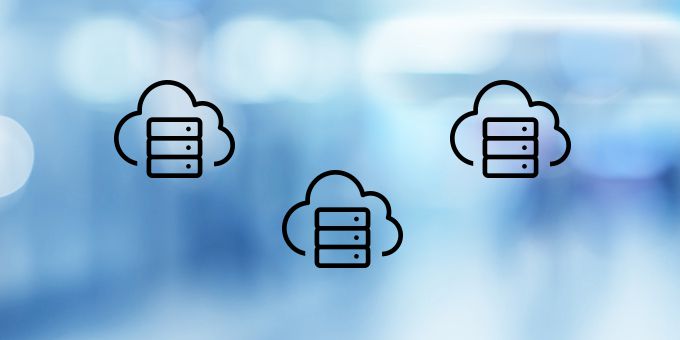
Multi-Cloud
What services are in the OptiQ framework?
OptiQ Monitor
Monitor existing OTT channels. Rapid spin up of QoE monitoring and active synthetic clients in public cloud data centers for the purpose of actively managing OTT streaming channels and content.
OptiQ Channel
Create new OTT channels instantly. Live programming origination from cloud-deployed infrastructure including robust, integrated video monitoring and content-aware processing that leads to next generation "self-x" channels.
OptiQ Monitor
Monitoring-as-a-service (Maas): Unprecedented real-time deployment of robust live ABR monitoring at scale in over 100 geographic regions.
- Enable rapid spin up of QoE and active synthetic clients in any public cloud data center
- Collected analytics are actionable and, with iVMS ASM, can be correlated in real time
- OptiQ Monitor data can be augmented with client analytics for impact analysis and trouble indication
- Leverages proven Telestream technology
- Enables active management of extensive OTT SVOD/AVOD libraries
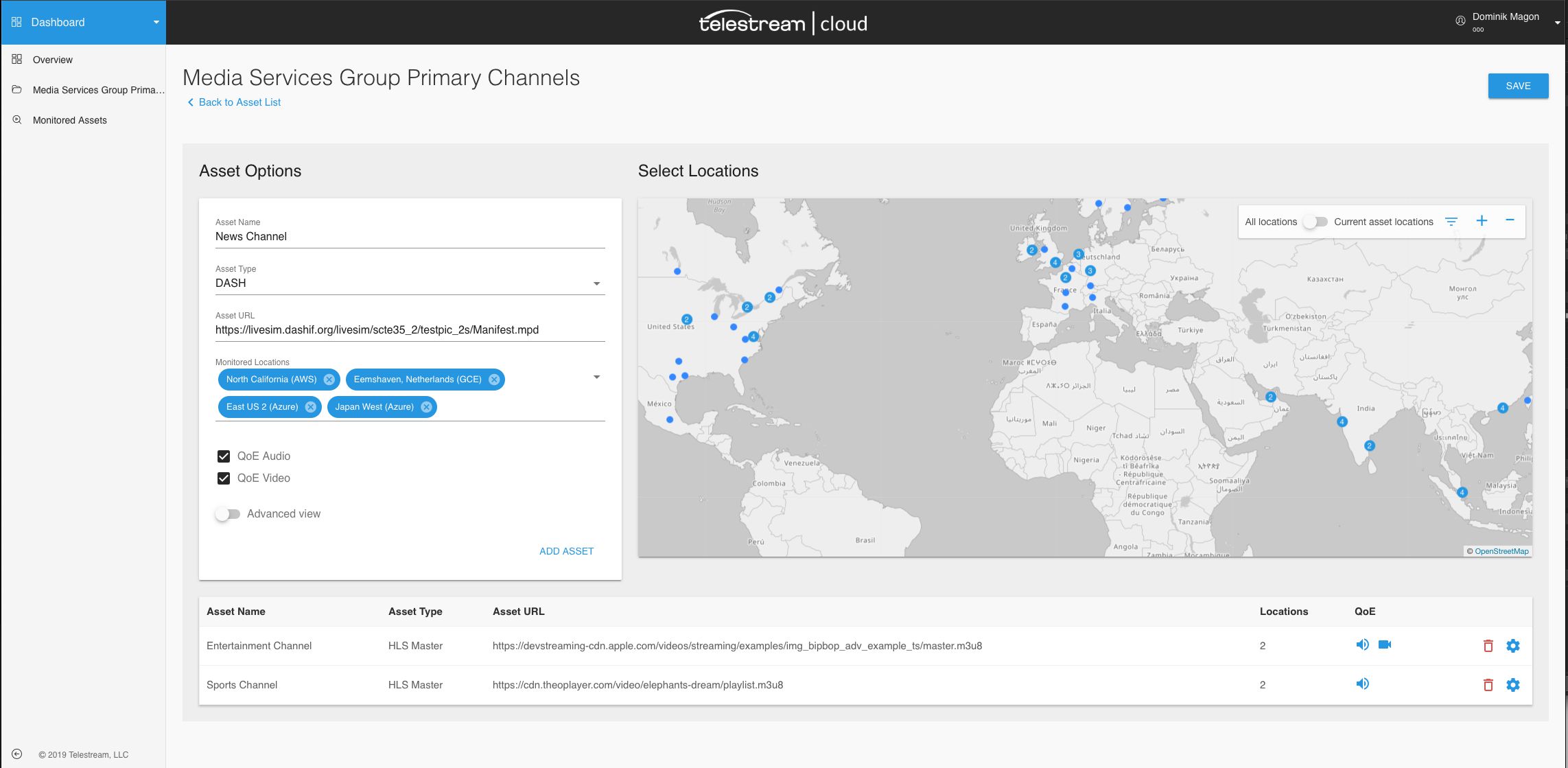
OptiQ Monitor enables users to integrate a superior level of video monitoring.
OptiQ Monitor enables the ability to select any cloud data center, or as many as required, and to specify the types of monitoring probes that are needed. Hit 'go' and the entire QoS and QoE monitoring capability is automatically built.
OptiQ Monitor Use Cases
Unprecedented real-time deployment of robust live ABR monitoring at scale across 282 public cloud availability zones in over 100 geographic regions
Dynamically spin up monitoring projects with real-time video QoE analysis and a comprehensive view of CDN QoS performance
Pay only for what you use and scale your monitoring environment on-demand to swarm problem streams with robust analytics
Basic service use case delivers real-time scalable post-CDN analytics for both video QoE and network QoS
Advanced features including direct probe level access, customizable alarm templates and centralized analysis of correlated data across the monitoring environment
OptiQ Channel
Channel-as-a-service (Chaas): Pick your source, set up your channel, choose your destination, and press the button for instant channel creation.
- Originate live programming from cloud deployed infrastructure
- Multi-cloud enabled dynamically deployed live OTT channel infrastructure
- Robust integrated monitoring and content aware processing leads to next gen "Self-x" channels
- Unlock live programming that would have previously been too expensive to deliver
- Leverages Telestream technology where applicable while providing a framework for deep ecosystem integrations

Creating your next channel has never been easier.
Taking too much time creating channels means you’re missing out on revenue. And, what is the plan when something goes wrong?
Without proper monitoring and instant channel creation, one-off events might not be feasible, and by the time you do get your channel up and running, a backlog of content coming in creates bottlenecks…meaning less content for your viewers, and less revenue for you.
- When your time to channel is reduced, premium short-term events become more accessible.
- When your workflows extend to the cloud, you can utilize the latest encoding and access extra capacity.
- If something does go wrong, a self-healing architecture and simultaneous worldwide monitoring alert you and fix the problem.
- Whether live or file-based video, OptiQ Channel gives you instant channel creation, orchestration and management control with fully integrated monitoring.
What is OptiQ Channel?
OptiQ Channel is a one-click channel creation in cloud environments.
Instant channel creation (minutes)
Integrated monitoring throughout
Ability to switch between multiple sources (live or file-based)
Multi-cloud support
Pay as you go business model
Virtually everything you need for your channels

New revenue
OptiQ Channel addresses key business issues:
- Service providers and content aggregators are turning business away due to not being able to create channels quickly for short-term sports/other events.
- When at capacity on-premise due to multiple major events, content providers have to leave valuable additional content on the shelf due to lack of streaming infrastructure.

Reduced complexity

Multi-cloud deployment
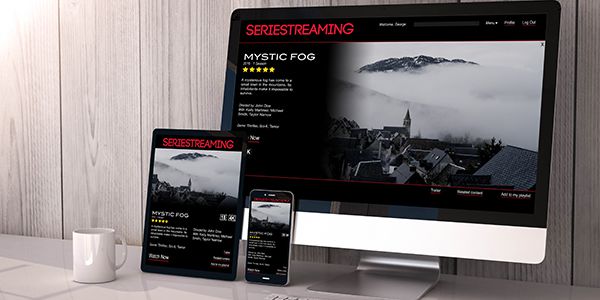
Leverage the latest streaming technology

Efficient resource usage

Create. Test. Take down or scale up.
Frequently asked questions about how OptiQ Channel works
Should all live video channels be migrated to the cloud?
No – this is a long-term process. Hybrid architectures will exist for a long time due to cost & resource trade-offs. OptiQ Channel is designed to provide choice and enable new ways to generate revenue from valuable content.
What is meant by the term, “channel?”
An OptiQ "channel" is a live adaptive stream packaged in a common format e.g. HTTP Live Streaming (HLS) and/or Dynamic Adaptive Streaming over HTTP (DASH). Adaptive manifests and video chunks are either pushed directly to an appropriate CDN for delivery or to a local origin server which the CDN providers can “pull” from.
What about redundancy?
Redundancy is provided through the use of “templates” for the channel creation. Redundancy can be within the same cloud, or across multiple clouds. This also allows for shifting of load over time based on costs from the different cloud providers. A premium channel may have multiple redundant paths, whereas a lower value channel may not have redundancy at all.
What is meant by Self-X capabilities?
In moving to a dynamic software architecture where capabilities can be instantiated on demand, additional possibilities for self-healing/self-optimizing/self-scaling (“Self-X”) capabilities are also enabled. A critical piece of this is a real-time feedback loop, and this is where the Telestream video monitoring solutions provide a key aspect. By combining dynamic orchestration with real-time diagnostics, we start paving the way for true self-X capabilities around video streaming.
